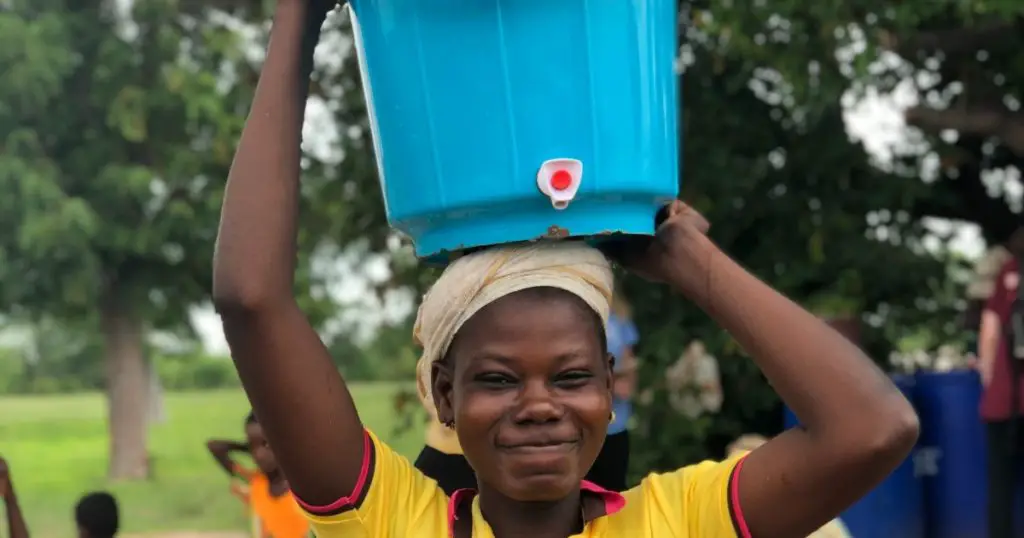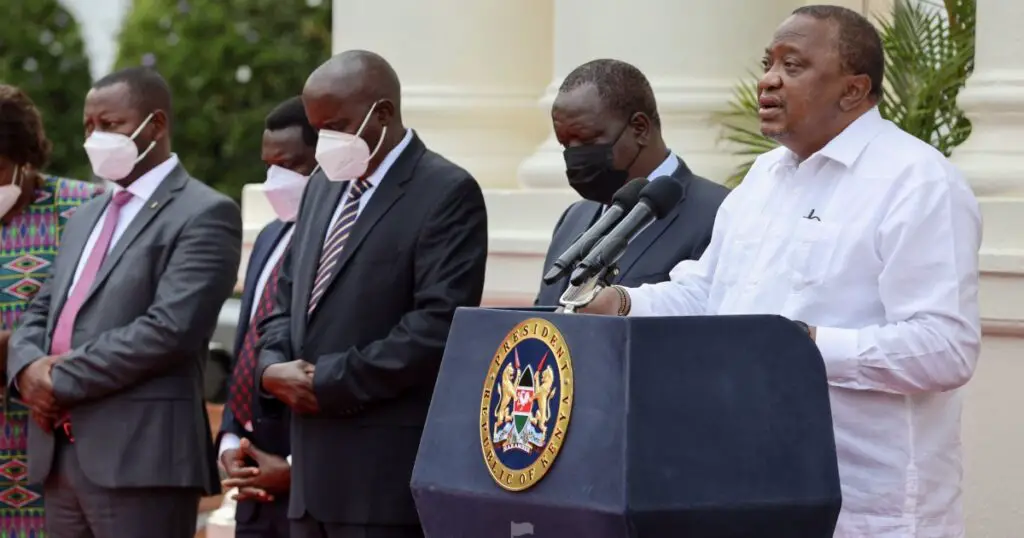- Africa’s new dawn: the rising role of digital and AI in agriculture
- Can Dangote Refinery Transform Africa Energy Ambition
- Gallup Survey: 80 per cent of Kenyan Workers Are Disengaged and Seek New Opportunities
- Madagascar Man Freed from 5KG Tumor After 15-Year Struggle
- How women in Africa are perceived and treated
- Sugar consumption in Kenya to Increase to 1.23 Million Tonnes
- Can Somalia and Turkey Oil deal Bring Change in Somaliland
- Remittances to Kenya dropped to $371.6 million in June, marking a six month low
Browsing: drought in horn of africa
The Horn of Africa region – Eritirea, Ethiopia, Sudan, Djibouti and Somali – has faced persistent food shortages due to a mix of climatic conditions and conflict in some parts of the region. Over 22 million people face a dire lack of food, a decade after setting the global sustainable development goals (SDGs).
Four consecutive seasons of failed rains in the region and in Northern Kenya has threatened to further exacerbate the food situation in the Horn.
The single known reason why rains are failing in what is supposed to be the world’s most rain rich region is climate change, and that is not a natural disaster, it is man made.
Also Read: The economics of harvesting rain
Weather patterns have changed. Seasons have become unpredictable. The phenomenon explains itself, weather, by definition is the condition of the atmosphere at any given time, but climate is the noted weather patterns …
- Women in Sub-Saharan Africa continue to struggle due to the negative impact of climate change
- A United Nations report noted that climate change has a growing impact on the African continent, hitting the most vulnerable the hardest and contributing to food insecurity
- Fast forward to 2022, the Horn of African countries are facing drought, with data showing that 12 to 14 million are at risk, owing to an extended period of lack of rains that driving acute food insecurity
- The AllAfrica Global Media Group says it is bringing key stakeholders under one roof on a virtual panel under the theme: “Gender equality for a sustainable future”
As the world prepares to mark International Women’s Day on March 8, 2022, several data reveals that women in Sub-Saharan Africa continue to struggle due to the negative impact of climate change.
In a 2020 report, the United Nations Climate Change noted that climate …
- At least 2.3 million Kenyans in 23 arid and semi-arid counties affected by drought will benefit from government relief
- He added that the government had undertaken several measures since the 8th of September 2021, when he declared the ongoing drought a national disaster
- He said the government had released KSh 2 billion to assist the affected households through relief food distribution, water trucking and a livestock offtake programme
At least 2.3 million Kenyans in 23 arid and semi-arid counties affected by drought will benefit from government relief. On Monday, President Uhuru Kenyatta flagged a consignment of emergency relief supplies to reach all affected people.
Kenyatta said the government is focused on implementing interventions to build resilience in all vulnerable households.
He added that the government was diversifying livelihoods from drought-sensitive activities to drought-resilient ones and improving early warning and impact forecasting systems.
He added that the government had undertaken several …
The Food and Agriculture Organization of the United Nations (FAO drought in the horn of Africa) estimates that over $138 million in urgent funding is needed to assist 1.5 million vulnerable people in rural communities in the Horn of Africa whose fields and pastures have been hard hit by an extended drought.
FAO made the announcement while it released a comprehensive response plan calling for a range of support for agriculture in the region.
The organization revealed that the region, which is already prone to food insecurity associated with weather extremes, natural resource limitations, and conflict, the COVID-19 pandemic, and the 2020-21 locust invasion, has stretched the coping capacities of rural communities to the limit, undermining agricultural productivity.
Now the third season of drought driven by La Niña is raising concerns that a large-scale hunger crisis could break out if the region’s food-producing rural communities do not receive adequate help …








